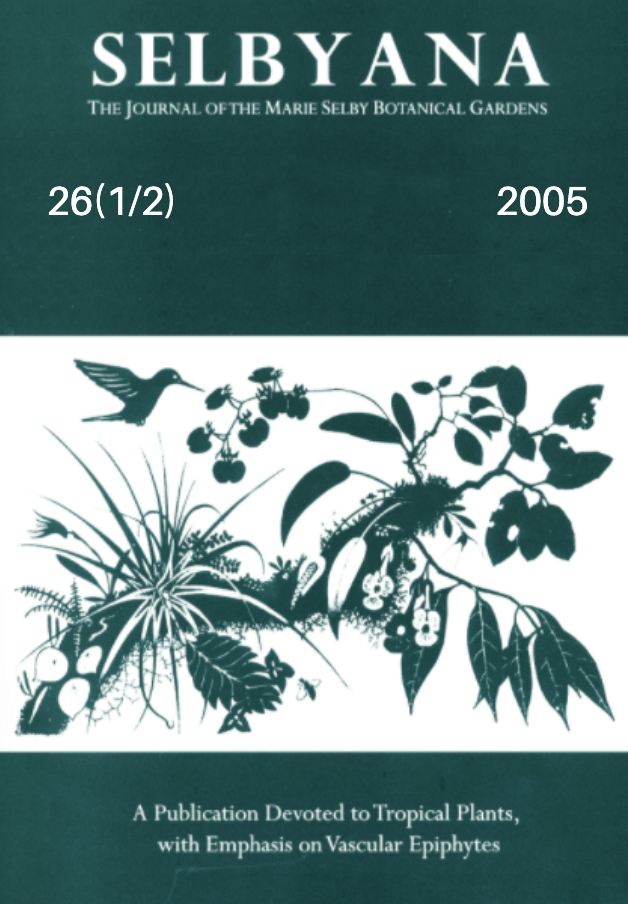Abstract
Orchids represent ca. 10% of the world's flowering plant species, and their diversity and endemism reach their maximum in the montane forests of the Andes. In Ecuador, nearly 80% of the 700 orchid species endemic to the country are found at 300–3000 m elevation. Microclimatic specialization and geographic isolation of elevational bands in montane regions have favored orchid speciation and the evolution of restricted-range species. With 75% of montane forests destroyed, and only 15% of species protected within existing reserves, fully a third of Ecuador's endemic orchid species are at risk of extinction. Private reserves in the Andes can play a major role in the conservation of orchids. After outlining existing legal mechanisms for conservation of habitat on private lands, we present a case study of the application of a conservation easement to the protection of the El Pahuma Orchid Reserve in the Ecuadorian Andes. Las orquídeas representan aproximadamente 10% de la flora mundial y su diversidad y endemismo máximo es en los bosques montanos de los Andes. En el Ecuador, casi 80% de las 700 especies endémicas al país se encuentran entre 300 y 3000 m. Especialización microclimática y aislamiento geográfica de los niveles de altura han favorecido la especiación y la evolución de especies de rangos restringidos. Con la destrucción de 75% de los bosques montanos y solo 15% de las especies protegidas en las reservas existentes, la tercera parte de las orquídeas endémicas del Ecuador están en peligro de extinción. Las reservas privadas en los Andes pueden tomar un rol importante para la conservación de orquídeas. En el presente, ofrecimos un perfil de los mecanismos legales existentes para conservar hábitats en tierras privadas y presentamos un estudio del caso de la aplicación de una servidumbre ecológica para la protección de la Reserva Orquideológica El Pahuma en los Andes del Ecuador.
Open Access and Copyright Notice
Selbyana is committed to real and immediate open access for academic work. All of Selbyana's articles and reviews are free to access immediately upon publication. There are no author charges (APCs) prior to publication, and no charges for readers to download articles and reviews for their own scholarly use. To facilitate this, Selbyana depends on the financial backing of the Marie Selby Botanical Gardens, the hard work and dedication of its editorial team and advisory board, and the continuing support of its network of peer reviewers and partner institutions.
Authors are free to choose which open license they would like to use for their work. Our default license is the Creative Commons Attribution-NonCommercial 4.0 (CC BY-NC 4.0). While Selbyana’s articles can be copied by anyone for noncommercial purposes if proper credit is given, all materials are published under an open-access license with authors retaining full and permanent ownership of their work. The author grants Selbyana a perpetual, non-exclusive right to publish the work and to include it in other aggregations and indexes to achieve broader impact and visibility.
Authors are responsible for and required to ascertain that they are in possession of image rights for any and all photographs, illustrations, and figures included in their work or to obtain publication or reproduction rights from the rights holders. Contents of the journal will be registered with the Directory of Open Access Journals and similar repositories. Authors are encouraged to store their work elsewhere, for instance in institutional repositories or personal websites, including commercial sites such as academia.edu, to increase circulation (see The Effects of Open Access).
